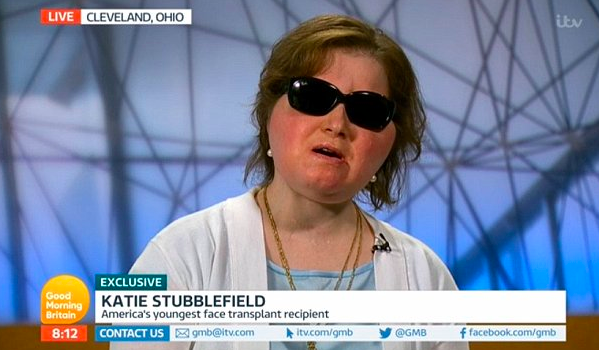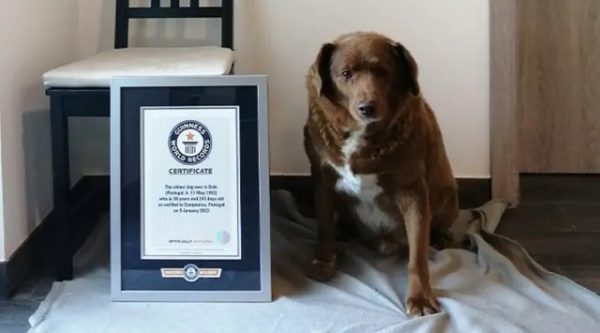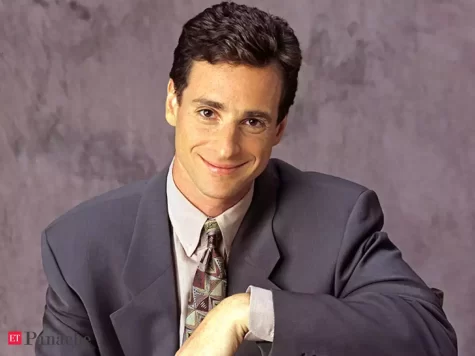The Girl Who Got a New Face

Katie Stubblefield thought she had taken her last breath when she pointed the barrel of a hunting rifle at her head, but today, she is an advocate, a role model, and the youngest person in America to get a face transplant.
When Stubblefield was a teen, she wanted to be the best at everything. She aimed for the stars in academics, relationships, and even extracurricular activities. An enormous amount of pressure loomed over her. She had emotionally changed from the bubbly, easily excited person she was when she was younger to a serious, stressed out teenager. Her personality shifted so drastically that even her sister noticed a significant change. “She wanted to be the best in all of these sports that she’d never even tried before,” Olivia said. “She wanted to be the best academically. She studied for hours, all the time.” She was clearly an over-achiever and would suffer awful mood changes when she did not place where she wanted.
Stubblefield also battled with mental health issues. Between two major family relocations, her gallbladder and appendix being removed through surgery in a short period of time, and her boyfriend breaking up with her after she discovered him cheating, she had reached her limit. She had just graduated, decided she did not have an ideal future, and at just 18 years old, decided life was not worth living. Stubblefield made her way to her brother’s house and snuck away to the bathroom with his gun when nobody was looking. On impulse, she shot herself from underneath her chin in an attempt to end it all.
Despite this, Katie didn’t remember the suicide attempt. “I never thought of doing that ever before, and so on hearing about it, I just didn’t know how to handle it,” she said. “I felt so guilty that I had put my family through such pain. I felt horrible.” Katie had suffered a major frontal lobe, optical nerve, and pituitary gland damage as well, which threw her hormones off balance and made it harder for her to control her emotions than before.
As the months passed by and she slowly recovered, both mentally and physically, Katie frequently visited the doctor for checkups and prayed each day for a phone call with good news. She desperately wanted a new face, but the search would be long and hard. In fact, it took a full year to find the perfect donor, a 31-year-old woman who had recently passed away due to a drug overdose. Doctors called Katie in, went through their checkups one last time to make sure their plans would go smoothly, then set up a date to give Stubblefield another chance at life with a face.

Katie’s Donor, 31-year-old Adrea Schneider
The Cleveland Clinic, where Stubblefield had her surgery, stated that her operation would include a transplantation of the scalp, forehead, upper and lower eyelids, eye sockets, nose, upper cheeks, upper jaw, and half of the lower jaw, along with the upper teeth, lower teeth, partial facial nerves, facial muscles, and skin, and would effectively replace 100% of her facial tissue.
The surgery was a major risk for Katie and her family. Not only had she had prior health issues, but she was very small and there was little tissue to take from areas to move to her face. The doctor spoke about the risks to National Geographic, stating that, “Her brain was basically exposed, and I mean, we’re talking seizures and infections and all kinds of problems. Forget the face transplant; we’re talking about just being alive.” Despite the high risk for complications or even death, Katie decided to push through and go for the surgery. She made it clear that when she walked into a crowd she didn’t want to be the face that everybody stared at.

The surgery went without fatal flaws; however, there was a major hiccup. After examination of both the donor’s face and Katie’s, they realized it would not fit perfectly. Not only was Katie’s face wider and shorter than her donor’s, but their skin tones were also slightly different. This would leave an odd, patched-on appearance to Katie’s face, and it was decided that it would not give her the ‘normal’ look that she was striving for. The doctors went to the family to discuss this problem, and after a long while of weighing the pros and cons, it was decided that Katie would prefer the better-looking option, despite the higher risk of infection. Thus, it was decided that they would also alter her chin and forehead, despite previous plans.

Katie remained in the hospital for three months to be sure her body would not reject the new face, as well as to make sure she didn’t get an infection. Once she was deemed okay enough to go home, the doctors handed her parents a 2 ½ page list of medications she would need to take. Along with this, they were given a schedule for physical therapy, occupational therapy, and personal trainer sessions, all taking place one or twice a week. Lastly, Katie would need Braille lessons two to three times a week, and speech therapy four times a week.
It has now been over a year since Katie’s life-changing surgery. She has had three major revision surgeries since then, with the hope for more to further slim her face, reduce scarring, and improve her eyelids.
Today, Katie hopes to resume her life and go to college to become a counselor. She has made it her life mission to help other people, similar to how her family and friends have helped her. “Whatever is going on in your life, I would say that it’s only temporary,” Katie says. “And no matter what it is, there’s always someone you can talk to.”

If you would like to read the rest of Katie’s story, please click here.
Lastly, if you are struggling with mental health issues yourself, please do not hesitate to call the National Suicide Prevention Lifeline any time at 1-800-273-TALK (8255). All information remains confidential and the service is completely free.



















